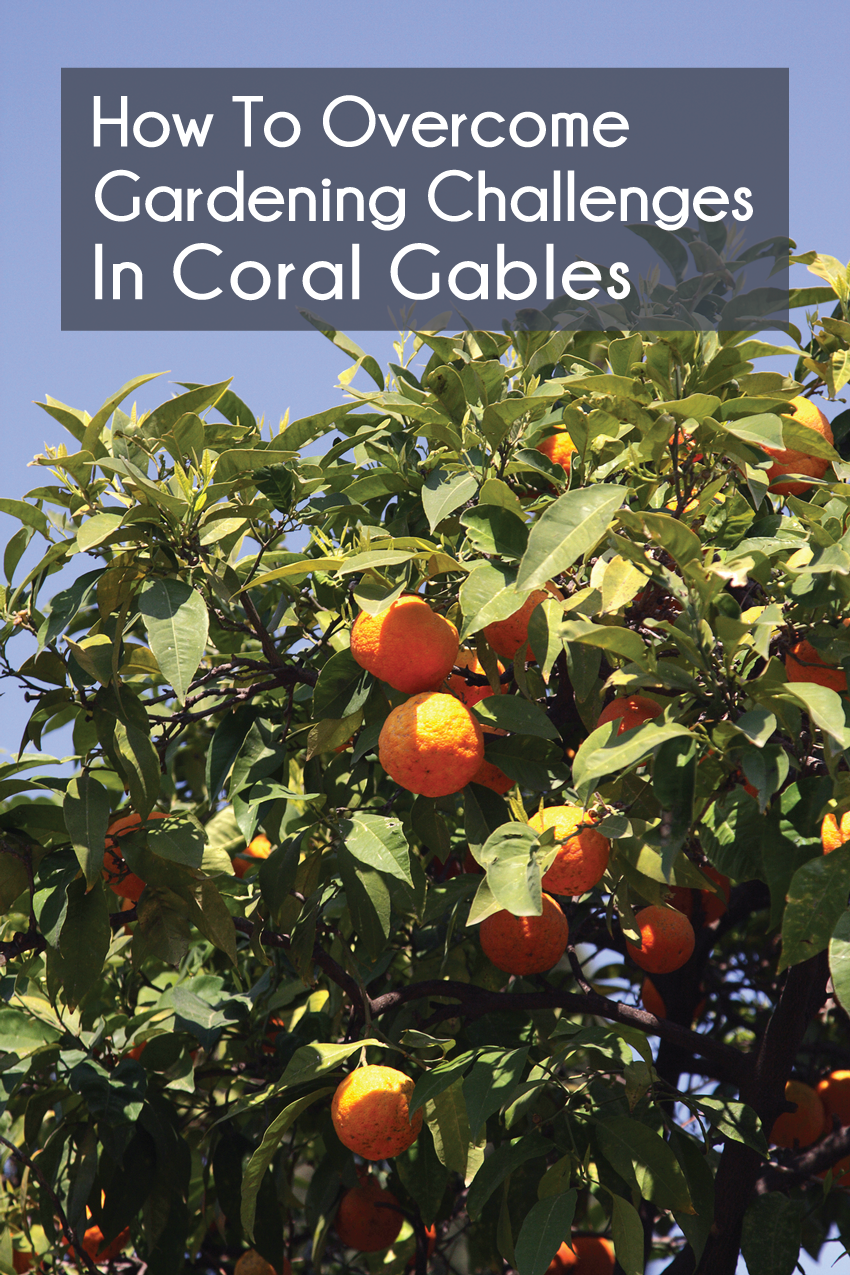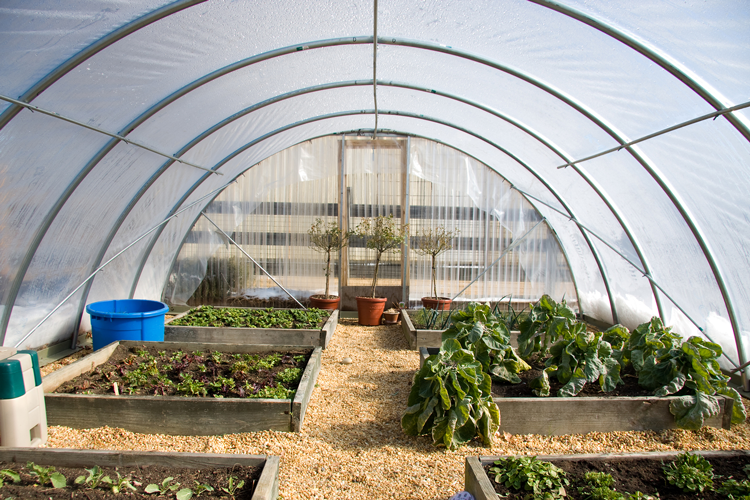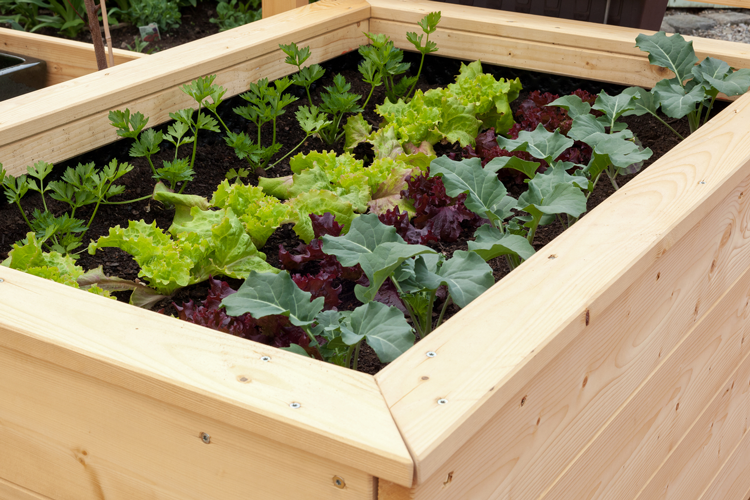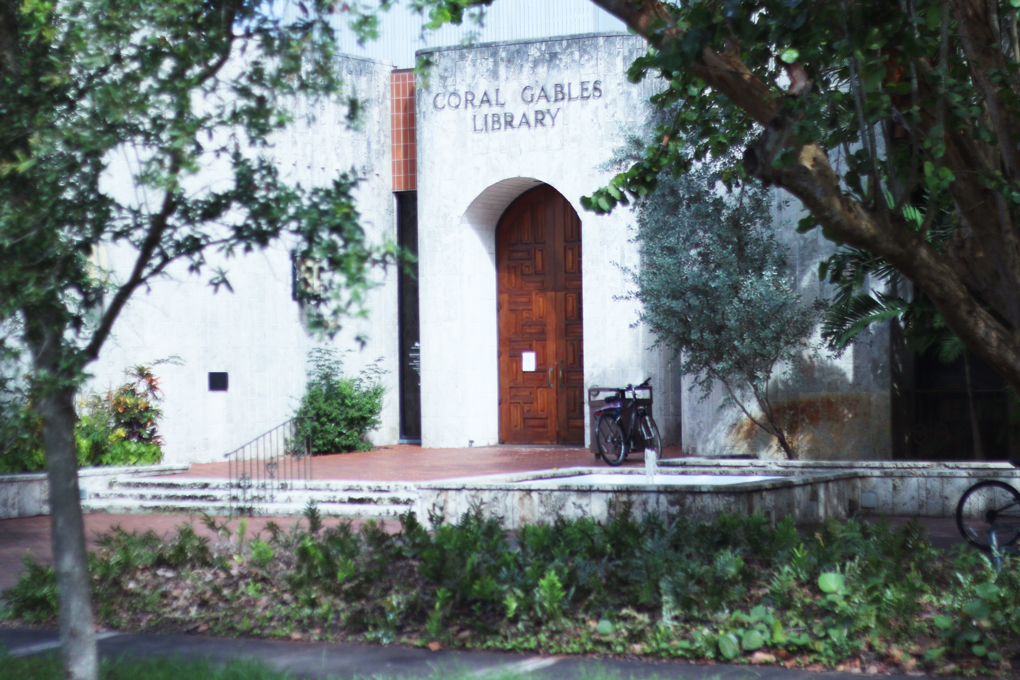
Along with living in a lush and humid environment, South Florida comes with a few challenges for gardeners. With the hot and humid summers and all of the rain and then, an excessively dry winter, it can be difficult to figure out how to get things to grow properly.
The trick to gardening in Coral Gables is to pre-plan every detail. Florida’s best growing season is actually in the fall unlike other parts of the country. Since the soil in South Florida is made up of mostly sand and limestone, there aren’t a lot of nutrients available for nourishing your garden.
Thankfully, with the right information, gardens can easily be designed with minimal stress in such areas. For starters, there are many plants that thrive in sandy soil, so doing some research is the best way to start out your plans.
Fruit trees also tend to flourish under these conditions and for this reason, South Florida is well known for its fruit trees. The question then arises on whether you should choose a grafted fruit tree or a seedling.
Seedlings can take quite a bit of work so you may want to use a grafted tree which will be much easier to care for and offer up fruit within the first few years of planting.
 Another great way to overcome the challenge of the high humidity in our area is to use a greenhouse. You won’t have to limit what you grow and you are better able to control the humidity levels.
Another great way to overcome the challenge of the high humidity in our area is to use a greenhouse. You won’t have to limit what you grow and you are better able to control the humidity levels.
As more Floridians turn to gardening as a source of healthy nutrition, people are becoming more creative. Co-ops and other groups are popping up and joining forces to create and design gardens that thrive under South Florida’s hot and humid conditions.
Sandy soil lends itself well to many flowers, as well as a few of the favorite root vegetables such as carrots, beets and radishes. Raised bed gardens can readily house the rest of the vegetables that the gardener chooses to plant.
Raised garden beds are a great alternative to grow a variety of plants and flowers. By raising the beds, you can amend the soil and put in any soil mix that you want. However, because our area is so humid, you need to be sure that you allow for proper drainage. Without this, your garden could become over-watered and plants may become pithy and mushy.
Taking the time to create a raised bed can require some extra work but when done properly, it will guarantee a lovely, lush garden with minimal watering requirements.
 Designing the right raised garden beds can be easily done in an afternoon. You will need some wood. 4X4’s work really well for this but be sure that the wood is not treated as the chemicals used could leach into the soil. For the bottom, you can use a piece of plywood. A layer of rock or sand for drainage should line the bottom of the raised bed and then, add your layer of gardening soil or potting soil on top. Be sure to mix some compost in and you should be assured a garden that produces plenty of fresh vegetables or bright and colorful flowers throughout the year.
Designing the right raised garden beds can be easily done in an afternoon. You will need some wood. 4X4’s work really well for this but be sure that the wood is not treated as the chemicals used could leach into the soil. For the bottom, you can use a piece of plywood. A layer of rock or sand for drainage should line the bottom of the raised bed and then, add your layer of gardening soil or potting soil on top. Be sure to mix some compost in and you should be assured a garden that produces plenty of fresh vegetables or bright and colorful flowers throughout the year.
With the climate in Coral Gables, many people are finding that they are able to have fresh vegetables all year round as long as they plan properly. This is such a great way to take advantage of the seasons and to be able to enjoy gardening throughout the entire year.
Jonathan Leger is a member of the Garden Writer’s Association and a gardening enthusiast. He runs a site dedicated to the history, education and care of knockout roses at KnockoutRoses.net.




No Comments